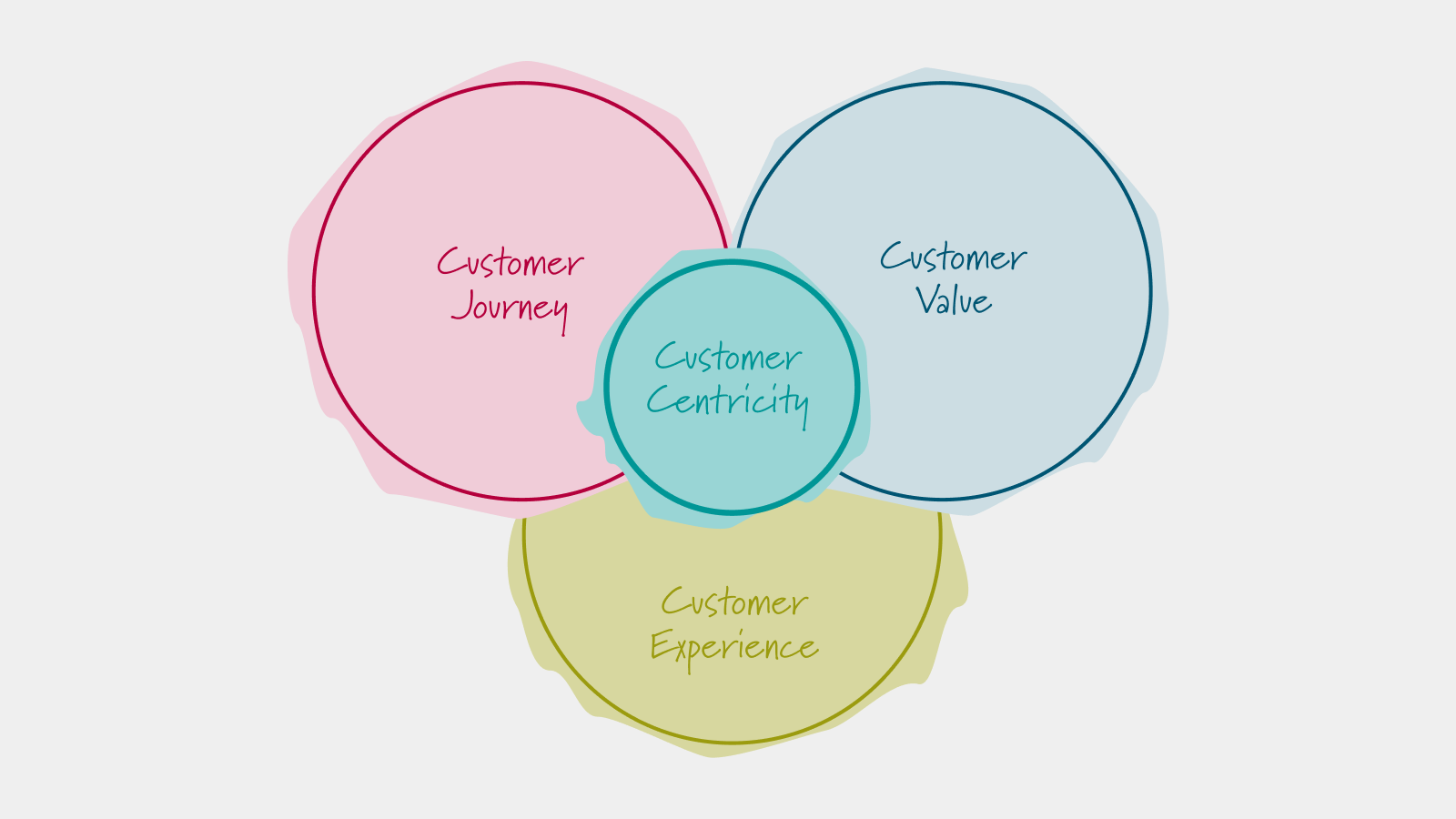
The Business Model Concept
Prototyping business models

Oliver Grasl
18.1.2013
An overview of prototyping business models
This is the second post of a series of posts in which I discuss how to use the business model prototyping approach to build a generic business model prototype (you can find a list of all posts in the series Prototyping Business Models And Market Strategies). Today I will briefly introduce the business model concept and attempt to answer the following questions:
- Why is the business model concept important?
- What exactly is a business model?
- Which aspects of a firm’s strategy does a business model address?
Why is The Business Model Concept Important?
A good business model is essential to every firm because it positions the firm within its value network, shows how it transacts with customers and suppliers and highlights the products that are exchanged. Most importantly, a business model makes explicit the underlying logic that defines how the firm creates value.
Many firms operate with a conceptually very simple business model: They supply a product that meets a consumer need and sell it at a price that exceeds the cost of production. Other firms have more complex business models: They supply a service for free (e.g. web search or social networking platforms) but charge 3rd parties for advertising.
Back in the year 2000 Gary Hamel argued that in future business model innovation would be the key to creating new wealth: Competition no longer takes place between products or companies, but between business models. Since then Apple has developed a whole new business ecosystem around its mobile devices and new business models focussing on social networking (e.g. Facebook, Twitter) have created immense wealth – examples that show that there is a lot of truth in Hamel’s statement.
What Exactly is a Business Model?
In 2002 Joan Magretta published her paper “Why Business Models Matter” in Harvard Business Review and came to the conclusion that much like the term strategy, the term business model is used sloppily, being stretched to mean everything and ending up meaning nothing. Since then many articles, papers and books have been published on the topic of business models. Unfortunately, if you study them closely you find that the use of the term is still not used consistently.
In 2010 Alexander Osterwalder and Yves Pigneur published their wonderful book Business Model Generation – they claim that disruptive new business models are emblematic of our generation, yet they remain poorly understood. Their book provides a framework for designing business models and has since become a worldwide business bestseller. Because of this success, the definition of business model they use is a safe place to start, especially as they start from a very simple definition: A business model describes the rationale of how an organization creates, delivers and captures value. You can read more about their approach on Osterwalder’s blog.
To make this definition more amenable to our business prototyping approach we use a slightly more detailed definition:
A firm’s business model defines how the firm creates value for all the parties (e.g. other firms, individual consumers) within its value network. It does this by defining its value logic and showing which goods and services are exchanged via transactions between these parties.
We use three important terms in this definition: value network, transaction model and value logic. Let us look at these a little more closely.
- The value network shows which parties the firm deals with (e.g customers, suppliers, partners) and the channels it provides to connect these parties.
- The transaction model shows which transactions are supported or enabled via the channels of the value network, and which products and artifacts are exchanged during these transactions.
- The value logic shows how resources and capabilities are used to support transactions, create products, attract customers and thus drive value creation – this is the “rationale” that Osterwalder and Pigneur refer to in their definition.
To ensure that a business model is sustainable, part of the value that is generated by the business model must be invested back into the firm to buy new resources and improve capabilities and ultimately create new goods and services, thus creating self-sustaining feedback loop that drives the companies success.
Which Aspects of a Firm Does a Business Model Not Address?
Before we take a look at a generic business model blueprint and some concrete examples of business models we should quickly note what a business model does not define:
- Business models do not define a firm’s competitive strategy. A business model is only concerned with the viability of the value logic and not with the strategies that implement this logic in a particular market or position the firm against competitors. So the same business model may be successful in one market and unsuccessful in another market due to differing competition.
- Business models are not concerned with detailed operations. A business model does not define the concrete business processes and organizational structures that are needed to perform transactions, support channels, or develop goods and services. This means that two firms may have identical business models but may be organized in a different way.
So – this is enough for today. In my next post, I will develop aA Generic Business Model Blueprint, which will serve as a basis for developing the generic business model prototype.
Workshops
Resources
All Rights Reserved.


